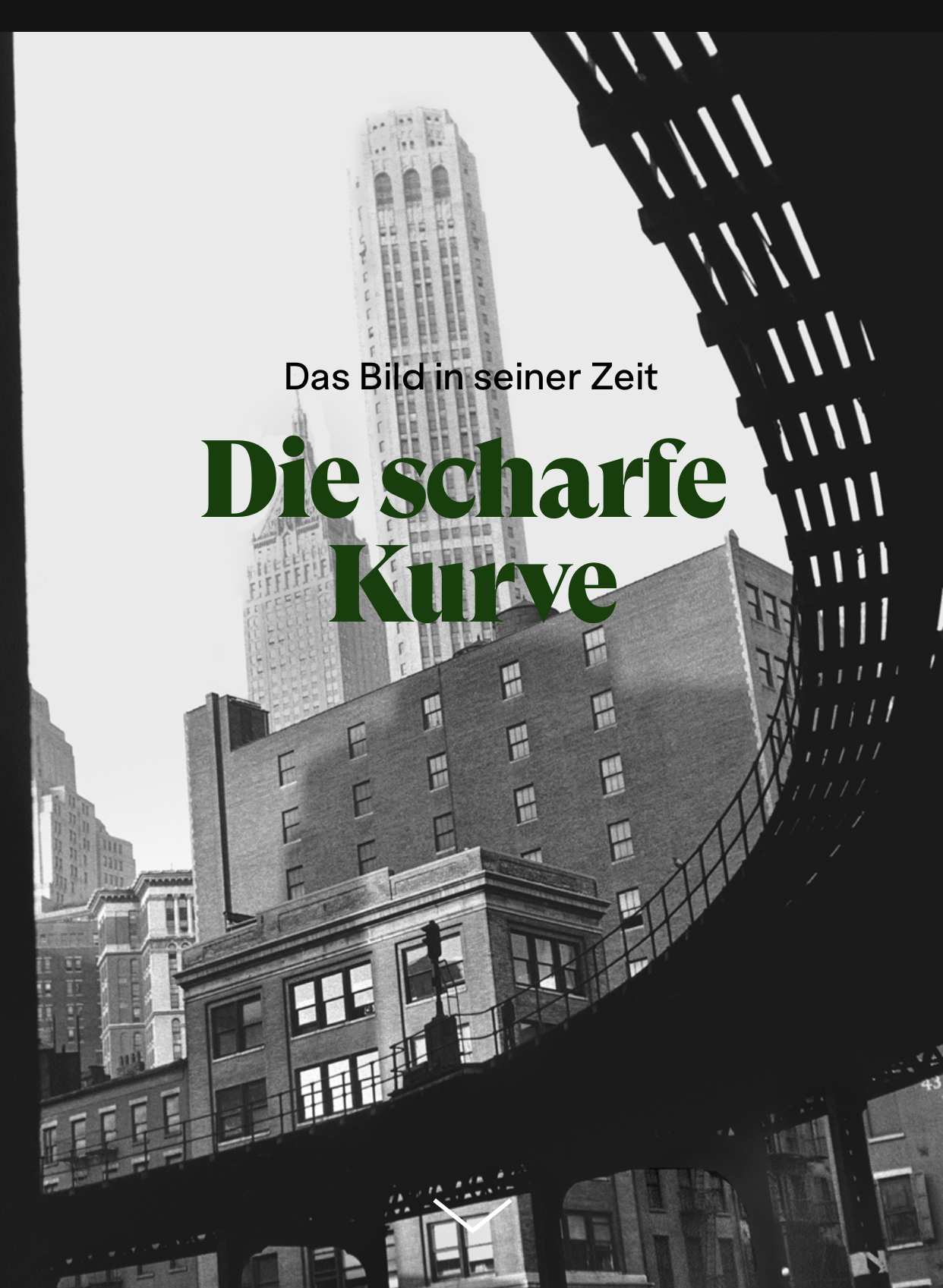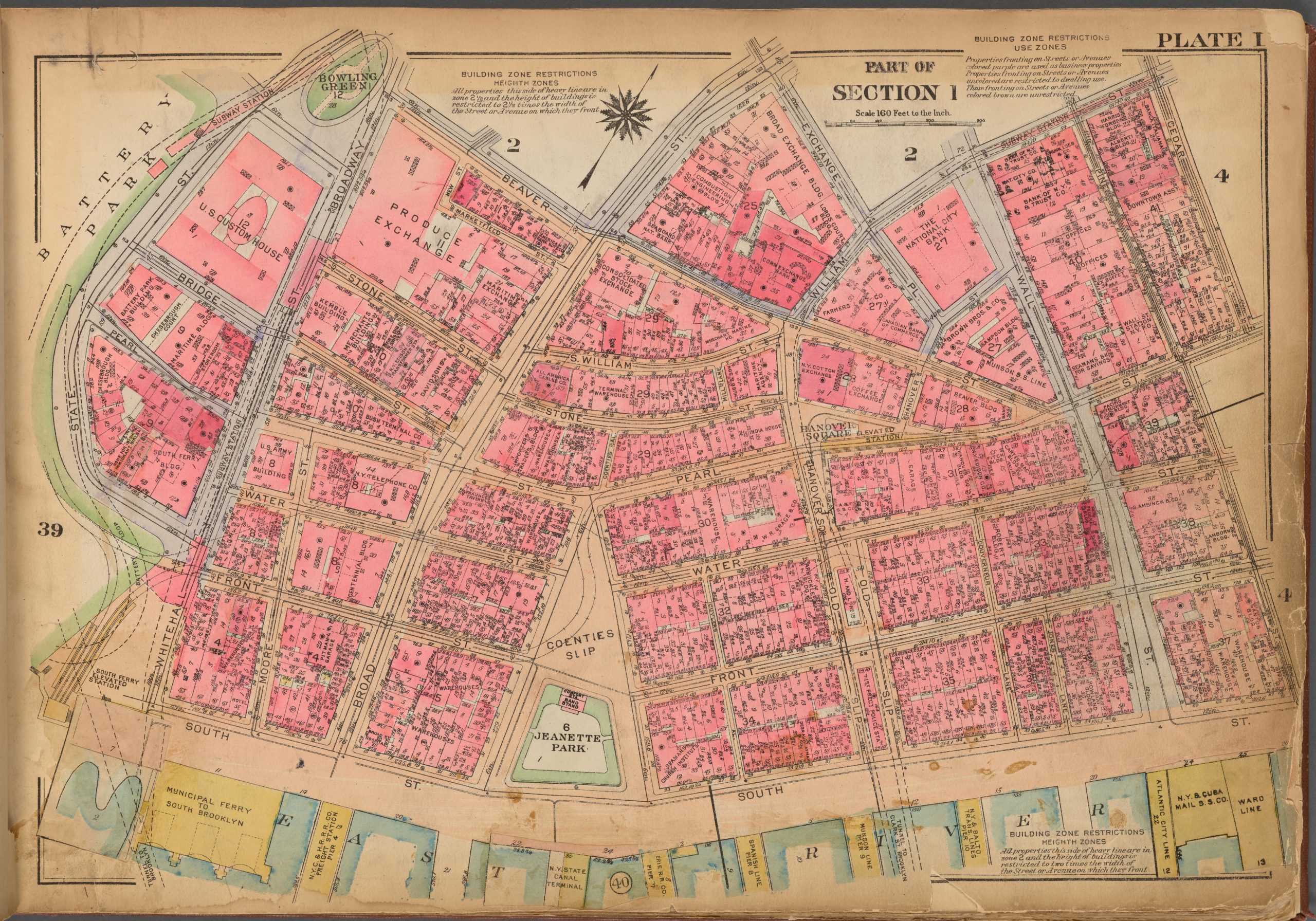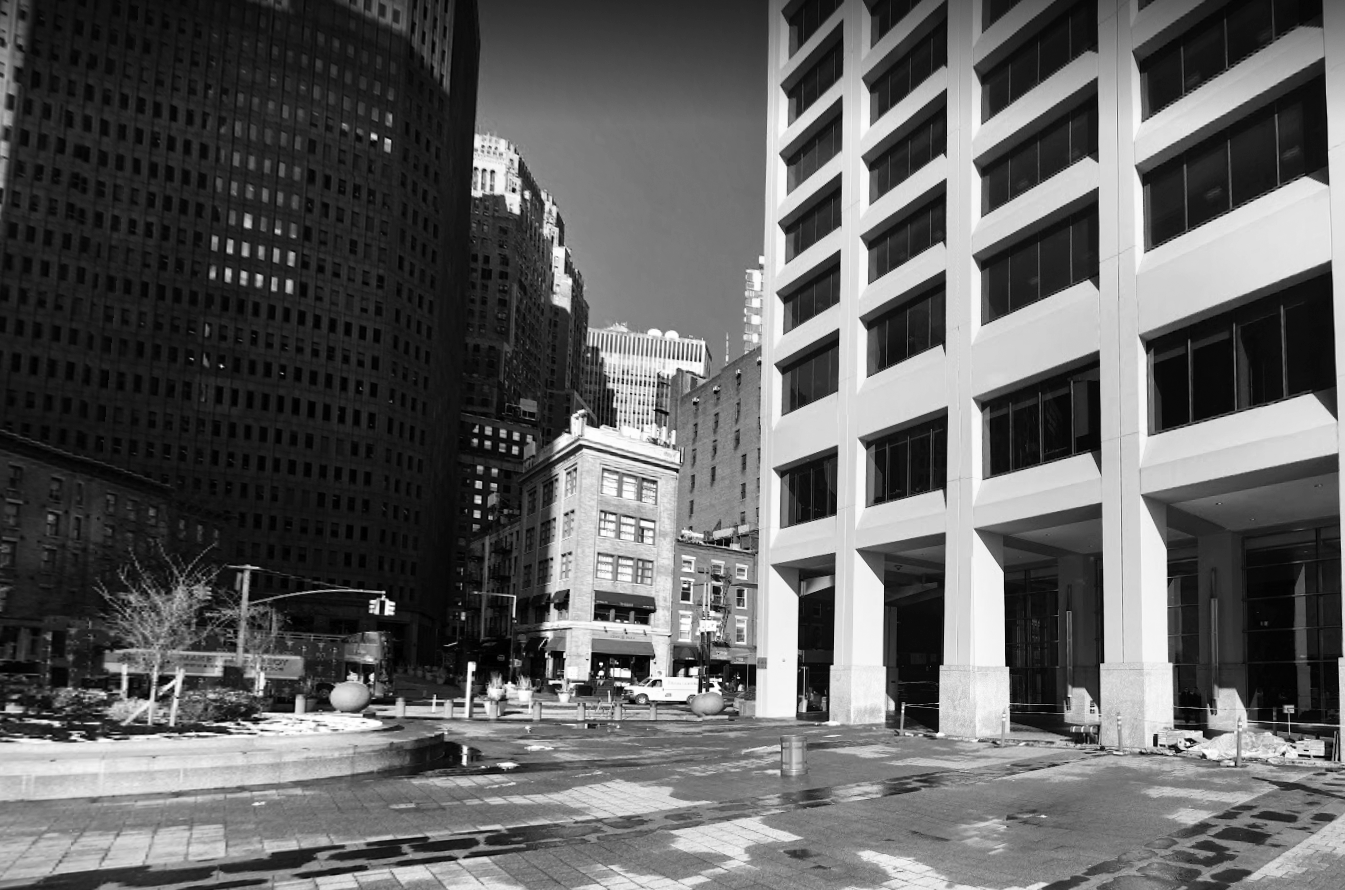The curve of the Elevated Train at Coenties Slip in New York
Helene Roth’s article on the sharped curve of the Elevated Railroad line at the Coenties Slip and the visualisations of émigré photographers as Fred Stein, Andreas Feininger, Mario Bucovich, T. Lux Feininger and Ellen Auerbach was published in the column „Das Bild in seiner Zeit” in the current issue of the magazine ReVue.

These émigrés photographers chose the infrastructure of the elevated railroads (“El” ) as their image motifs for their work. The elevated railroads radically shaped the cityscape and were simultaneously disappearing in the 1940s.
As early as 1868, the first steam-powered railroads ran on elevated tracks in New York to alleviate traffic from omnibuses and horse-drawn carriages. However the new form of transit caused resentment and skepticism from the start, and was described with negative experiences. Also, the darkening of the lowest floors of the buildings by the railroad led to a reduction in the quality of life. The exhaust fumes from the steam engines were considered a health hazard.
Therefore, it is all the more astonishing that the majority of these photographers placed their cameras from the ground of the Elevated Railway lines. Contrary to skepticism and criticism, they opened up the urban space in aesthetic visualisations that expressed the fascination for the iron constructions, horizontal staggering of the buildings and the oscillation of light and shadow.
The Coenties Slip is a stop on the visual city walk curated by Helene Roth on the émigré photo scene in New York.
For more information on the lives and work of the émigré photographers discussed here, see the entries in the METROMOD archive: Andreas Feininger, Fred Stein, Hermann Landshoff, Ellen Auerbach, Mario Bucovich, Manhattan Magic, Lux Feininger.
The digital magazine ReVue takes a new approach, looking at issues from the image. Although photography is ubiquitous, it is still little questioned or explained in journalistic media.
The articles examine the role and function of images in relation to text, truth, political or historical context. ReVue is an independent and non-profit project of the DEJAVU Gesellschaft für Fotografie und Wahrnehmung e.V. in Berlin.




